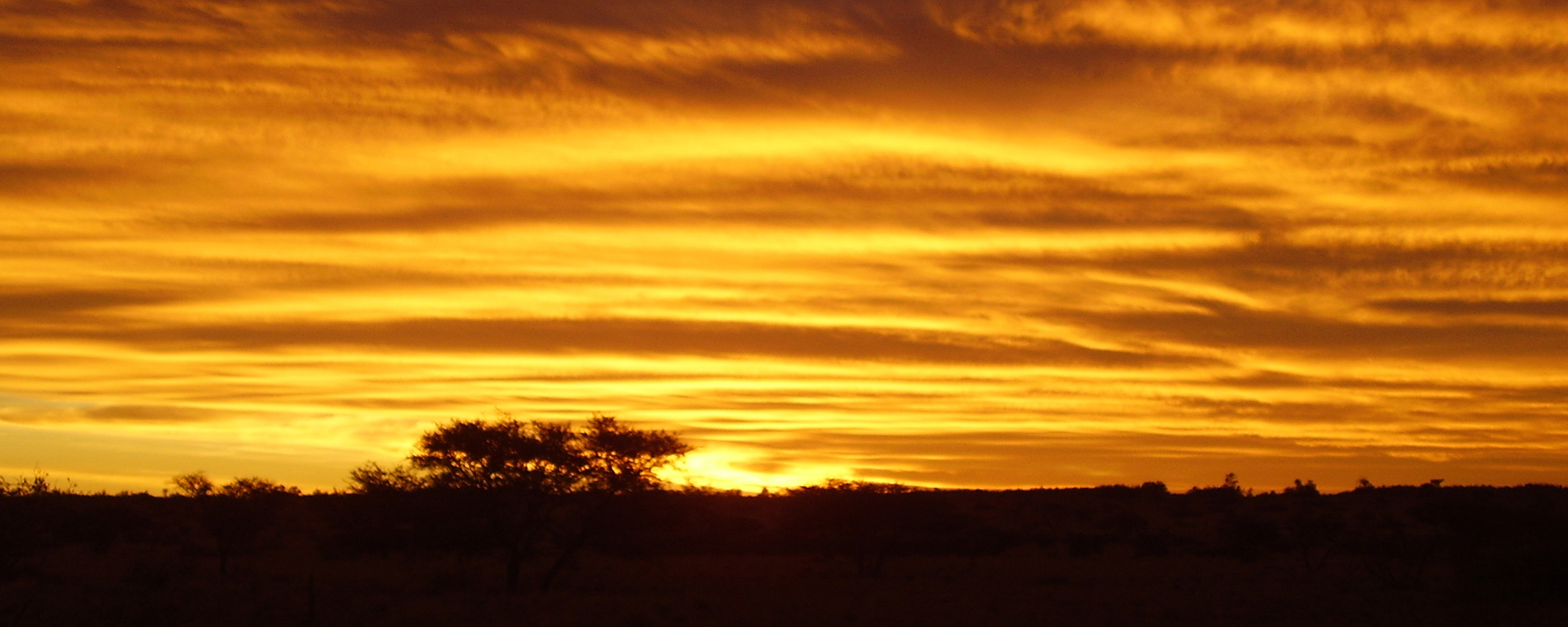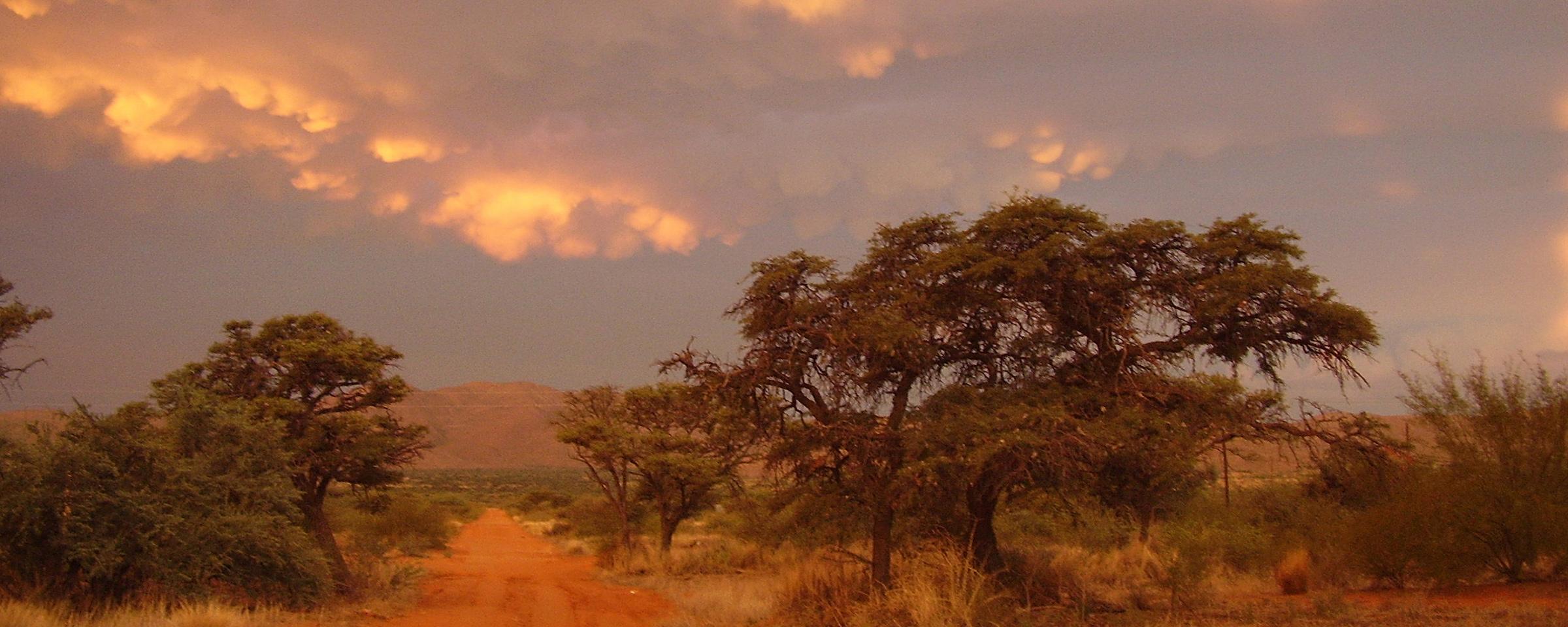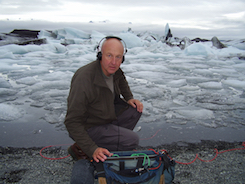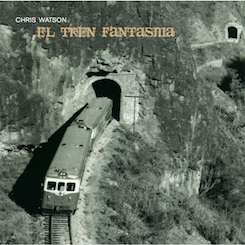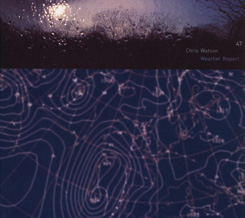Wednesday 25 March, 2009
21.02-21.30
Writer and Narrator: Paul Evans
Sound recordist: Chris Watson
Producer: Sarah Blunt
On a warm May evening, the boat trip across the river from Orford Quay to Orford Ness takes only a few minutes but the distance is enormous, as narrator PAUL EVANS discovers in this sound portrait of Orford Ness. And so begins ‘a journey in sound’ around one of Britain’s most haunting, unsettling and seductive landscapes.
Orford Ness is the longest vegetated shingle spit in Europe. It runs for over 10 miles along the Suffolk coast from Aldeburgh to Shingle Street, north of the port of Felixstowe. It’s not quite a proper island because its nose is attached to its Suffolk face at the northern end, but access is restricted and the only way to get to the area that’s now a nature reserve owned by the National Trust is by water.
“Its distinctive elements seem a simple trinity: stone, water and sky” explains the narrator “but there’s something in the way these elements sound to me – the way the sea smacks against the shingle; the way the light reflects on the stones and pools; the way the wind cries over the flat ground. This is far from simple. There is something else in the aural landscape of Orford Ness, some feral power, disturbing yet seductive. “
Written and narrated by PAUL EVANS and with sound recordings by CHRIS WATSON, the programme explores this feral, disturbing yet seductive power of “one of the UK’s most important and most secretive military establishments”.
It’s an unsettling landscape. Deep, low mournful vibrations chase shadows across the shingle. Railings whistle and whine, twisted arms of metal clank against one another in skeletal remnants of buildings where the crash of heavy laboratory doors are part of an orchestra of sounds which also feature the hiss and sigh of waves of shingle furrows, the ever-present gasp and roar of the wind, cries of curlew and gulls, dot-dot-dot alarm calls of redshank and the rattle and scratch of sedge warblers.
Here Paul encounters shadows from the past; Cobra Mist, Blue Danube, nuclear bomb testing sites, a wall built by the Chinese Labour Corps, the skeletal remains of vast laboratories called Pagodas and the sea “polishing and resetting each pebble”.
This is a journey into a disturbing landscape; a fusion of creation and destruction, of man and nature, a poem of words and sounds, a trinity of stones, water and sky.
